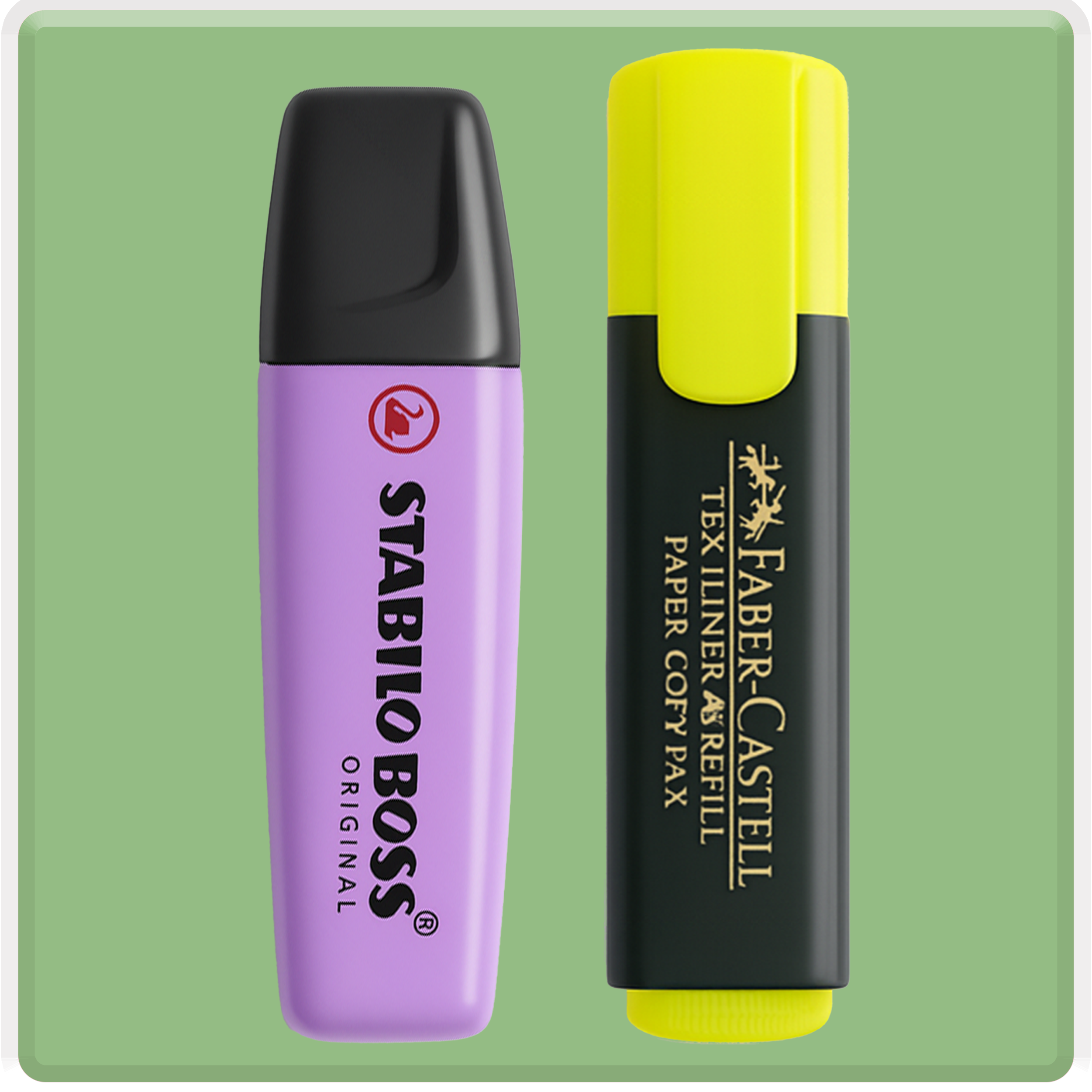
When it comes to creating art, the choice of medium can significantly impact the outcome. Two of the most popular options for artists are acrylic and watercolour paints, each offering its unique set of qualities that can shape the direction of your artistic expression. Whether you’re a seasoned artist or just starting, understanding the differences between these two mediums will help you choose the right paint for your projects. In this article, we’ll explore the characteristics, advantages, and potential challenges of both acrylic and watercolour paints, helping you make an informed decision for your next masterpiece.
Acrylic Paint: Versatility and Boldness
Characteristics of Acrylic Paint
Acrylic paint is known for its vibrant colours and versatility. It’s a fast-drying paint made from pigments suspended in an acrylic polymer emulsion. One of the most appealing aspects of acrylic paint is its ability to adhere to a variety of surfaces, including canvas, paper, wood, and even fabric. This makes it an excellent choice for mixed-media projects and experimental art.
Acrylic paint can be applied thickly, like oil paint, or thinned with water to create a more translucent effect. Its quick-drying nature allows artists to build up layers without having to wait long periods for each layer to dry, making it ideal for those who enjoy working quickly or want to create complex, layered compositions.
Advantages of Acrylic Paint
- Vibrant Colors: Acrylics offer a wide range of intense, saturated colours that remain vibrant even after drying. The colours don’t change significantly as they dry, allowing artists to predict the final appearance of their work more accurately.
- Quick Drying: The fast-drying property of acrylic paint is both a blessing and a curse. For those who like to work quickly or layer their paintings, it’s a major advantage. However, it also means there’s less time to blend colours on the canvas.
- Versatility: Acrylics can mimic the appearance of other mediums, such as oils and watercolours, depending on how they’re applied. They can be used for impasto techniques, washes, glazing, and more.
- Durability: Once dry, acrylic paint is water-resistant and has a strong, durable finish that won’t crack or fade over time. This makes it suitable for both indoor and outdoor art.
Challenges of Acrylic Paint
- Quick Drying Time: While quick drying is advantageous in many ways, it can also be challenging for artists who prefer to blend colours on the canvas or need more time to refine their work. Acrylics can dry so quickly that they become difficult to work with in certain techniques.
- Permanent Nature: Once dry, acrylic paint is difficult to remove or alter. Mistakes can be challenging to correct, requiring creative solutions like painting over areas or using opaque colours to cover up errors.
- Requires Additional Supplies: To extend the drying time, artists often need to use retarders or other mediums. Additionally, cleaning brushes and palettes require water, and if the paint dries on them, it can be tough to remove.
Watercolour Paint: Delicacy and Fluidity
Characteristics of Watercolor Paint
Watercolour paint is loved for its soft, translucent quality and its ability to create delicate, layered effects. Made from pigments suspended in a water-soluble binder, watercolours are applied with water, making them less viscous and more fluid than acrylics. Watercolours are traditionally used on paper and offer a unique ability to create washes and gradients, making them ideal for landscapes, portraits, and other subjects that benefit from a softer touch.
Advantages of Watercolor Paint
- Transparency and Lightness: Watercolors are known for their transparent qualities, allowing light to pass through the layers of paint and reflect off the paper. This creates a luminous effect that’s difficult to achieve with other mediums.
- Ease of Use: Watercolors are straightforward to use. With just a brush, water, and paint, you can create a wide range of effects. The paint can be easily reactivated with water, allowing for adjustments even after the paint has dried.
- Portability: Watercolor supplies are compact and portable, making them a favourite among artists who like to paint outdoors or while travelling. A small set of pans and a water brush can be taken anywhere, enabling creativity on the go.
- Expressive Techniques: Watercolors are excellent for experimenting with various techniques, such as wet-on-wet, dry brush, and glazing. The medium’s fluidity allows for spontaneous and expressive results.
Challenges of Watercolor Paint
- Lack of Control: The fluid nature of watercolour paint means it can be difficult to control, especially for beginners. Watercolours tend to spread and blend unpredictably, which can lead to unexpected results.
- Permanence: While some see this as a positive, the fact that watercolours can’t be fully erased or painted over can be daunting. Mistakes are often permanent, requiring a level of precision and forethought.
- Color Shift: Watercolors often dry lighter than they appear when wet. This colour shift can make it challenging to predict the outcome, requiring practice to master.
- Paper Sensitivity: Watercolor paper needs to be of good quality to withstand the water without warping or deteriorating. The choice of paper is crucial to achieving the desired effect, adding a layer of complexity.
Which Should You Choose?
The decision between acrylic and watercolor paints ultimately comes down to your artistic goals and personal preferences. If you enjoy working with bold, vibrant colors and want the ability to experiment with different textures and surfaces, acrylic paint might be the right choice for you. Its versatility and durability make it suitable for a wide range of projects, from fine art to craft work.
On the other hand, if you’re drawn to the delicacy and fluidity of light, translucent washes, watercolor paint could be your ideal medium. Watercolors offer a unique, luminous quality that’s perfect for creating atmospheric scenes, detailed illustrations, and expressive portraits. The medium’s portability and ease of use also make it an excellent choice for artists who like to paint on the go.
For those who are unsure, there’s no rule that says you have to stick to one medium. Many artists enjoy using both acrylic and watercolor paints, sometimes even in the same piece of art. By experimenting with both, you can discover which qualities you prefer and how each medium can enhance your creative expression.
Conclusion
Choosing the right paint for your art is a personal decision that depends on your style, subject matter, and the effects you want to achieve. Whether you opt for the boldness of acrylics or the subtlety of watercolours, the most important thing is to explore, experiment, and find what works best for you.
At Scooboo, we offer a wide range of high-quality acrylic and watercolour paints, along with all the tools you need to bring your artistic vision to life. Visit Scooboo today and discover the perfect supplies to elevate your art.








